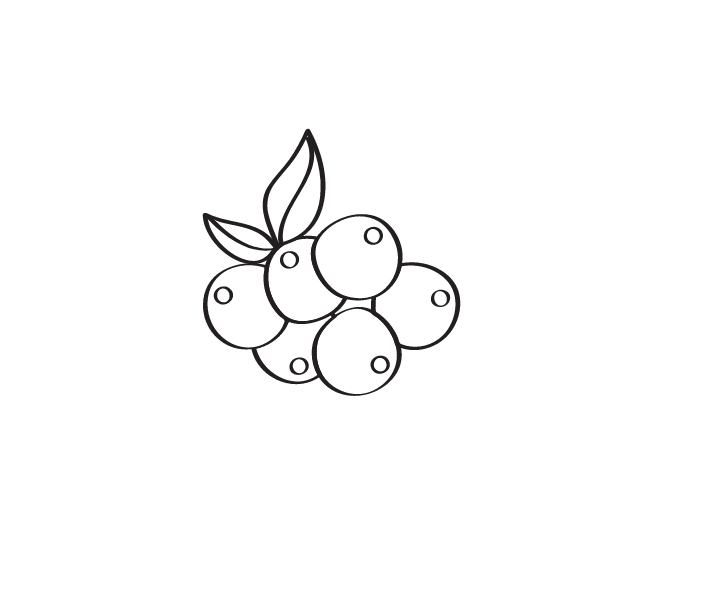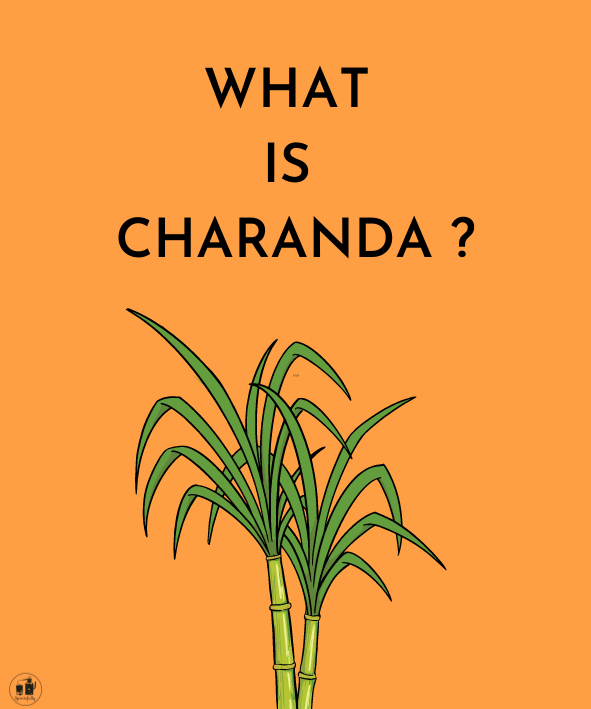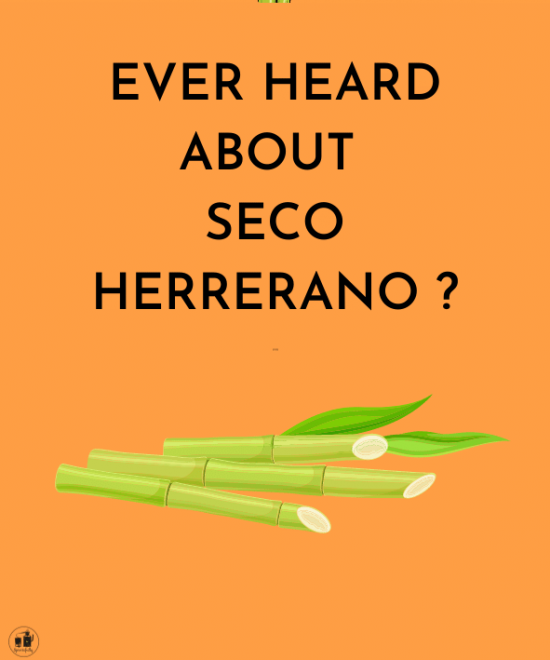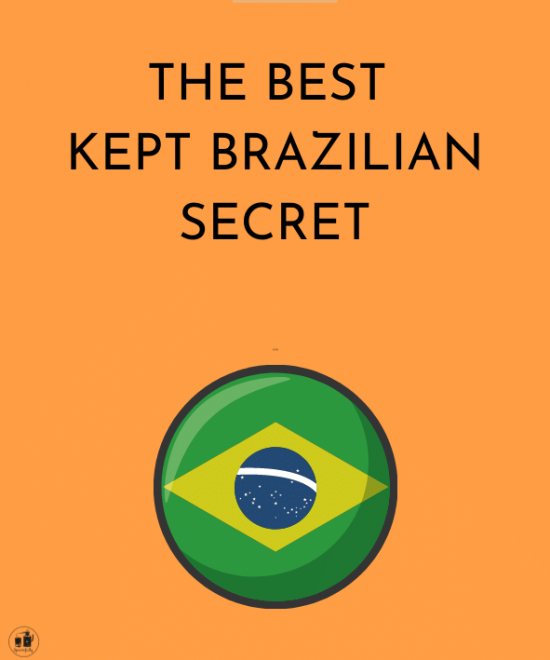You hear Charanda, you think Mexico. This is a good beginning. Charanda is indeed an alcoholic drink made with sugarcane in Mexico. But what else?
Discovering what that Mexican beverage named Charanda is is actually important if you want a real knowledge of the world of sugarcane based drink. It is actually a drink which has its own DO from the state of Michoacán in Mexico, particularly made in Purépecha near the town of Uruapan.
The region is known specifically for this soil; the people who lived in the Tarascan state during pre-Columbian times (roughly where Michoacán and parts of Jalisco and Guanajuato stand today) called the dense, nutrient-rich earth charanda, a word that translates from the Purépecha language to mean “red soil” in English.
Mexico has a rich history of making rum from sugarcane, dating back to when the Spanish first brought the plant to the country in the early 1500s. Charanda is the only sugarcane distillate with an official protected denomination of origin (DO), joining other established spirit designations like mezcal, tequila, bacanora and sotol when the appellation was established in 2003. The expressive, terroir-driven rum can only be produced from fresh sugarcane juice, molasses or piloncillo (cane juice that is preserved via boiling, evaporation and caramelization), and it can only be made in 16 of 113 municipalities in Michoacán. It’s a spirit that clearly reflects where it’s made. It’s also a spirit at risk of disappearing.
Read further on imbibe magazine!





















